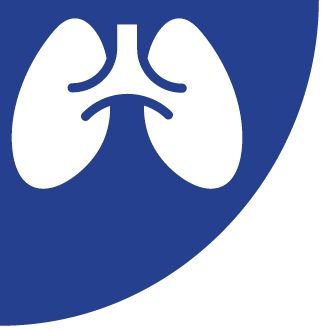NEWSWATCH
CHEMICAL AND MATERIAL HAZARDS

Researchers Examine Vapor-gas, Dust, and Fumes Exposures among Rural and Urban Workers
Since many previous studies in rural communities focus solely on agricultural workers, the researchers sought to examine occupational exposures in all types of jobs in a rural setting. The researchers’ assessment of occupational exposures may help explain some differences in the frequency of respiratory diseases such as chronic obstructive pulmonary disease among rural and urban workers.
Approximately forty-three percent of rural workers in the assessment had medium or high total VGDF exposure at their last job, whereas only 15 percent of urban participants had the same level of exposure. Among rural workers who had never farmed, the prevalence of medium or high exposure combined was 27.4 percent.
As part of the assessment, an industrial hygienist developed a job-exposure matrix (JEM) for COPD to assess the likelihood and severity of workers’ exposure to total VGDF based on participants’ last reported jobs.
“The distribution of occupational exposures as assessed by COPD JEM in the cohort of rural adults makes it possible to subsequently explore exposure-response relations between VGDF and obstructive respiratory outcomes, such as airflow limitation and chronic bronchitis,” the researchers conclude.
More information is available in CDC’s Morbidity and Mortality Weekly Report.

